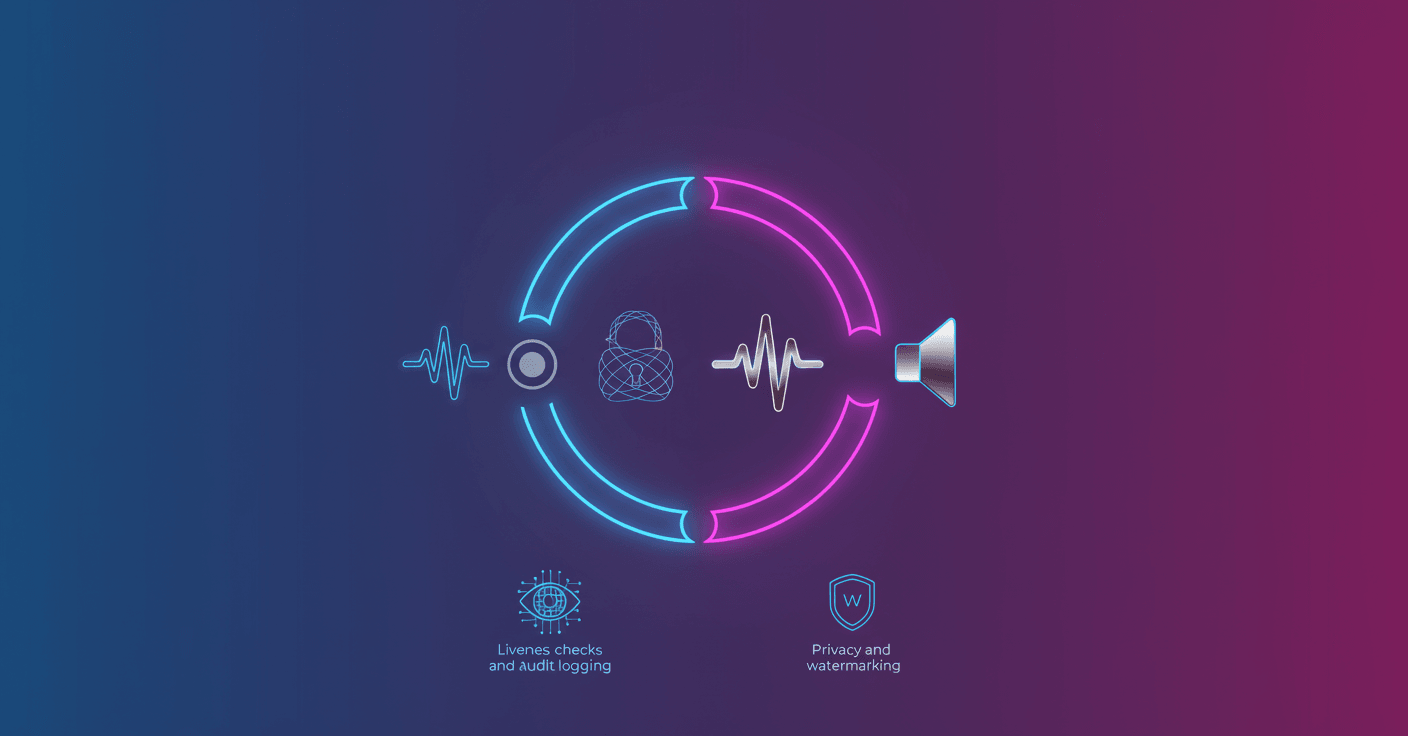Voice cloning is no longer science fiction: with seconds of audio you can replicate a voice almost perfectly. How do you allow useful cases without opening the door to deepfakes? Hugging Face proposes a practical, technical solution: a voice consent gate that only opens if the person says, clearly and verifiably, that they agree.
What is the voice consent gate
The idea is simple and powerful: before a model generates audio in someone's voice, the system requires a recording where the person says a specific consent phrase for that context. If the phrase matches what's expected, the flow continues. If not, the generation is blocked.
The gate turns an ethical principle into a computational condition: without an unequivocal act of consent, the model cannot speak for you.
This also enables traceability and audit: it records that the system only acted after an explicit waiver. Sounds strict? It's exactly what we need when technology can mimic human identities.
